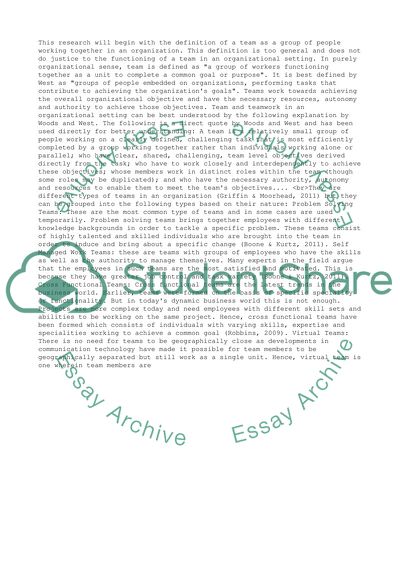Cite this document
(“Team Work, Group Efficiency and Performance Essay”, n.d.)
Retrieved from https://studentshare.org/business/1396253-team-work-group-efficiency-and-performance
Retrieved from https://studentshare.org/business/1396253-team-work-group-efficiency-and-performance
(Team Work, Group Efficiency and Performance Essay)
https://studentshare.org/business/1396253-team-work-group-efficiency-and-performance.
https://studentshare.org/business/1396253-team-work-group-efficiency-and-performance.
“Team Work, Group Efficiency and Performance Essay”, n.d. https://studentshare.org/business/1396253-team-work-group-efficiency-and-performance.


